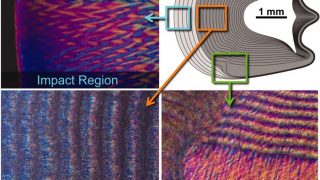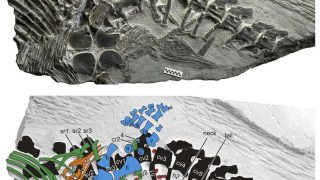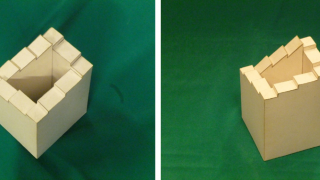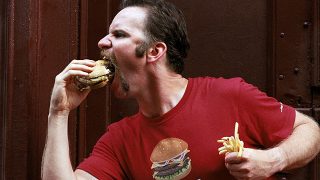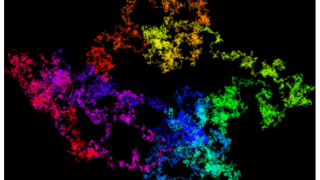
We can learn a lot from a walk with real numbers
Questions on the digit expansion of mathematical constants, such as , , or have fascinated mathematicians for centuries. However, many of these questions remain elusive to the efforts of researchers. For instance, it is not known for sure if the number 1 appears infinitely often in the decimal expansion of . Among the most remarkable […]

